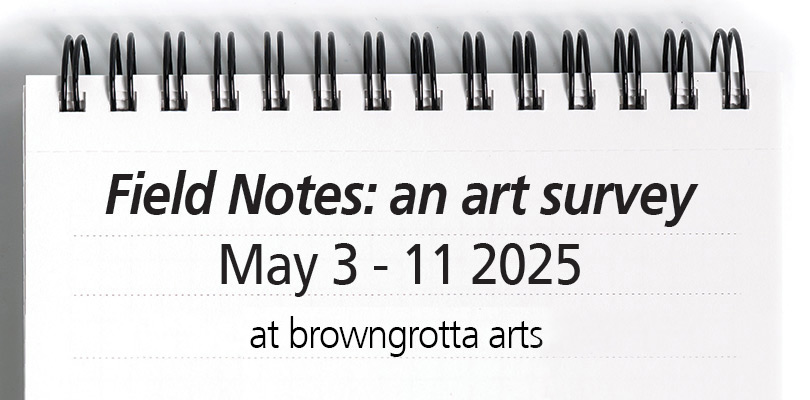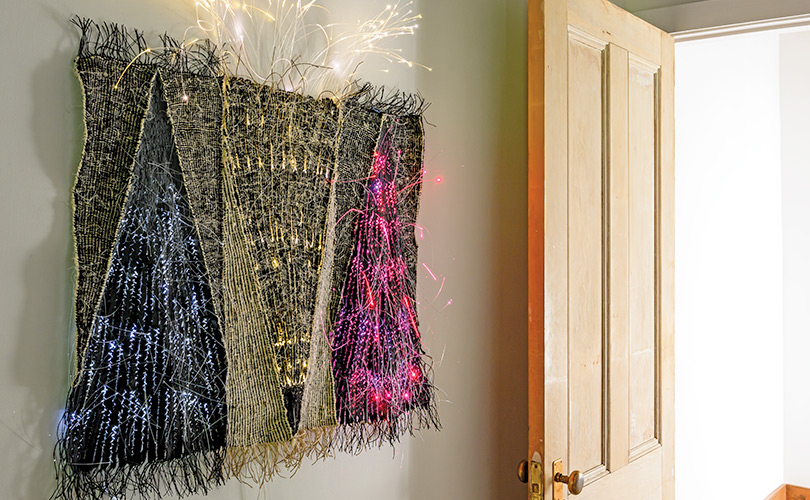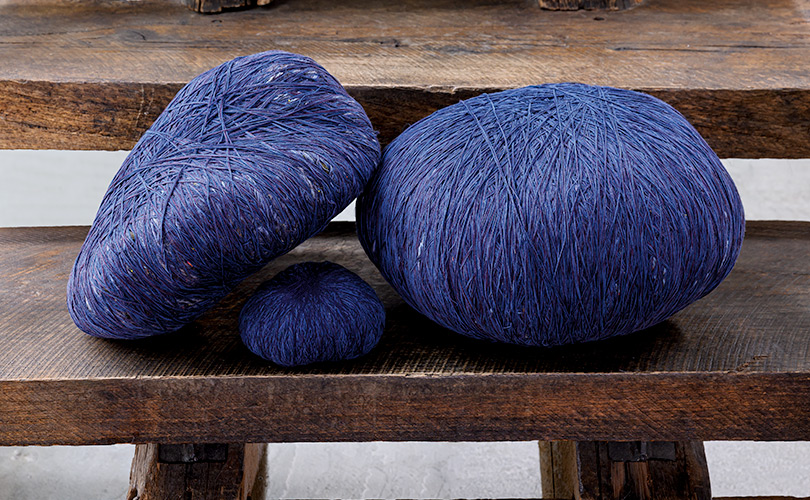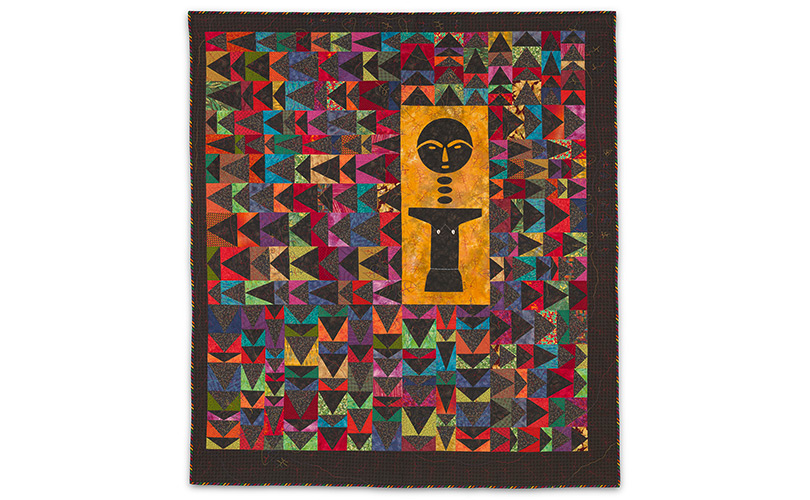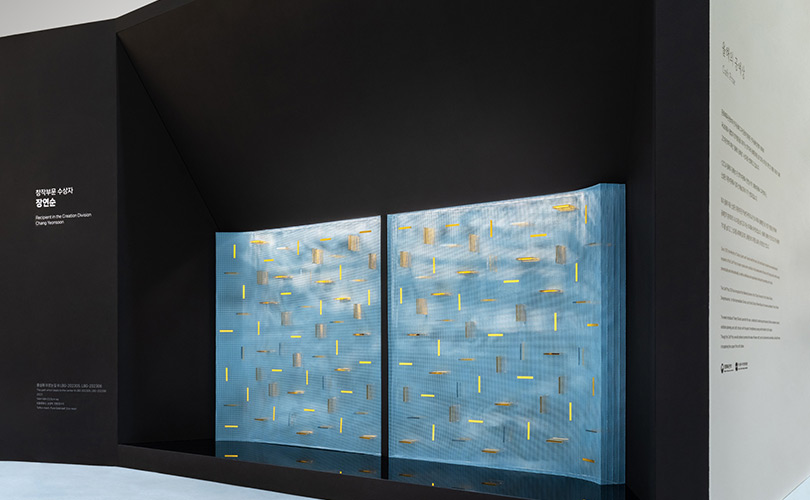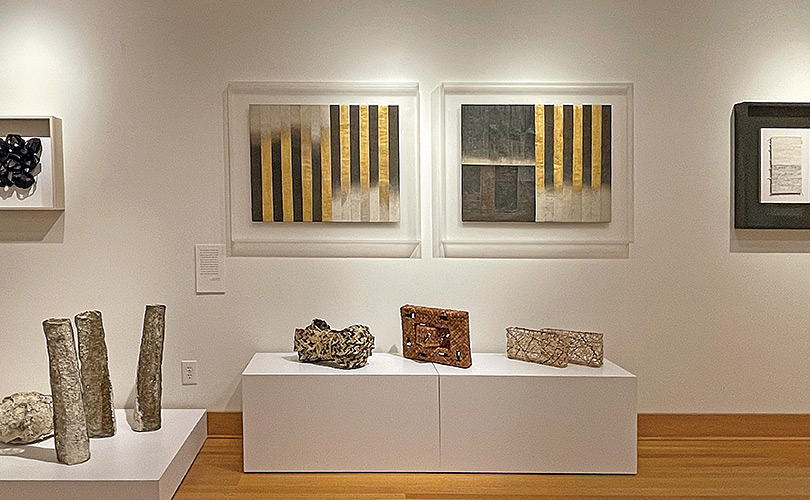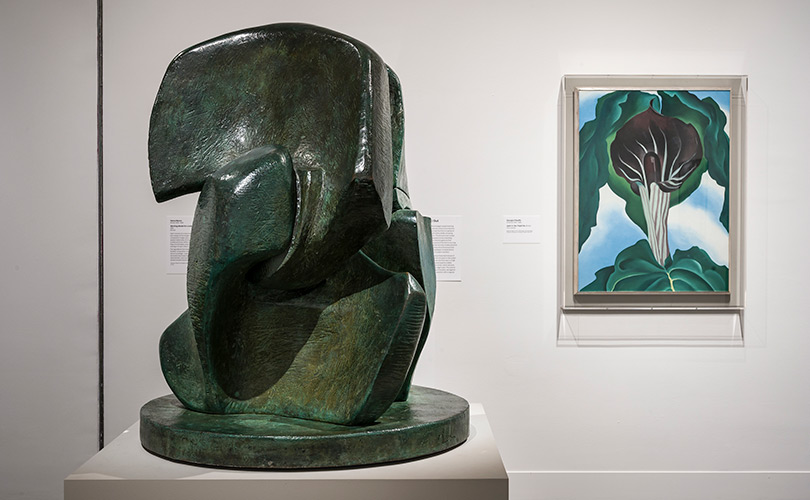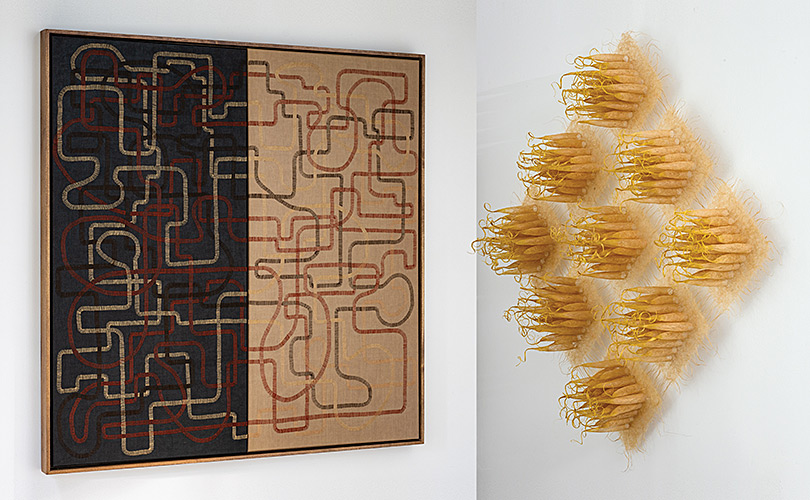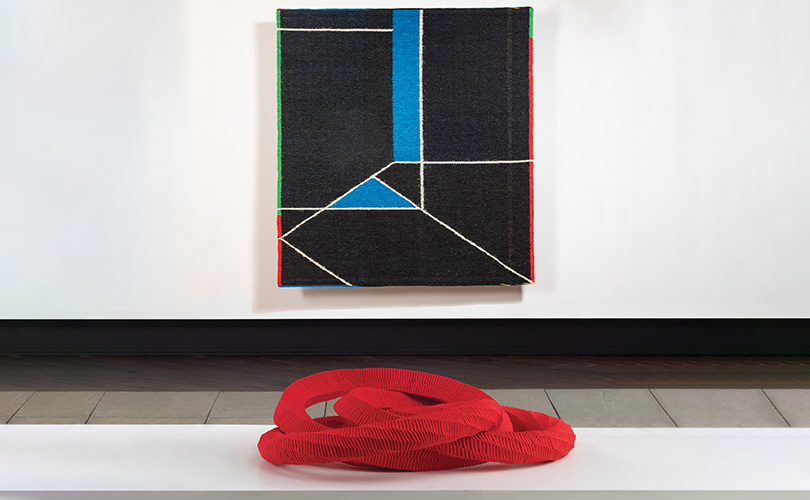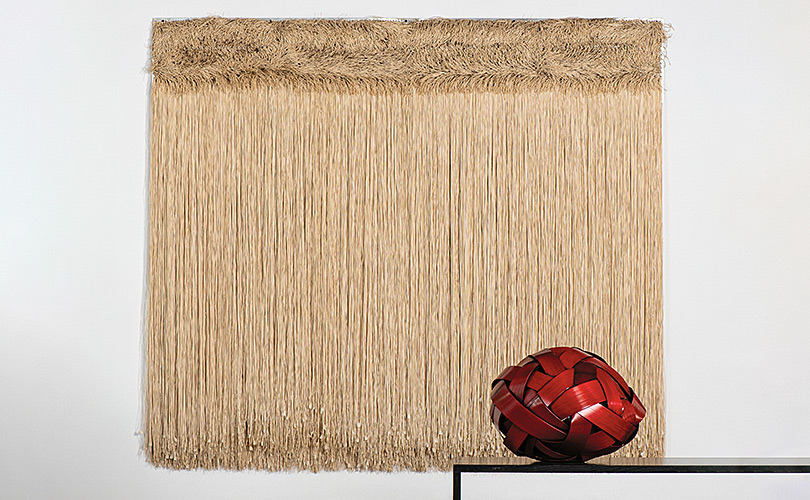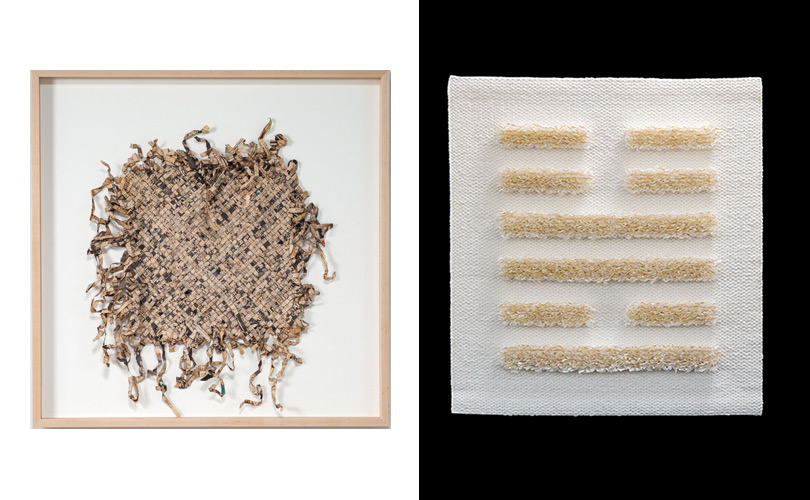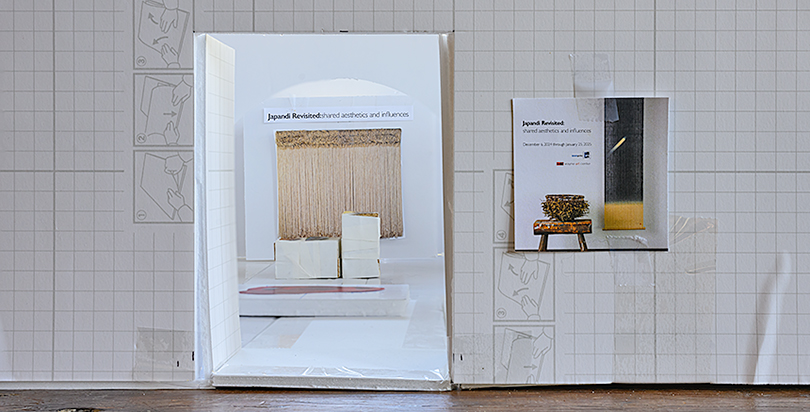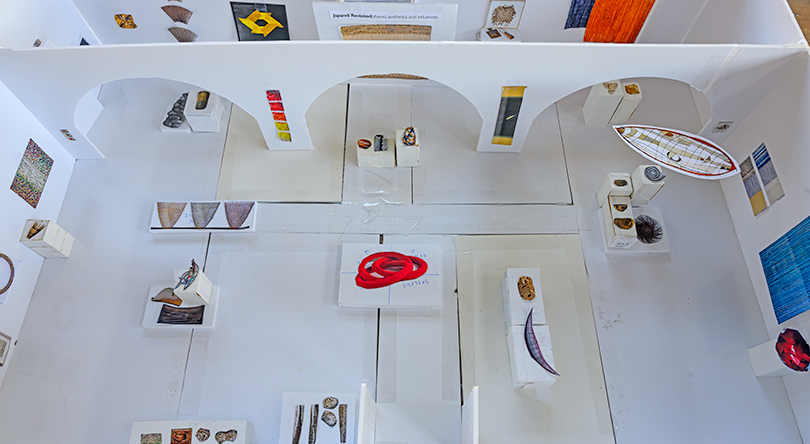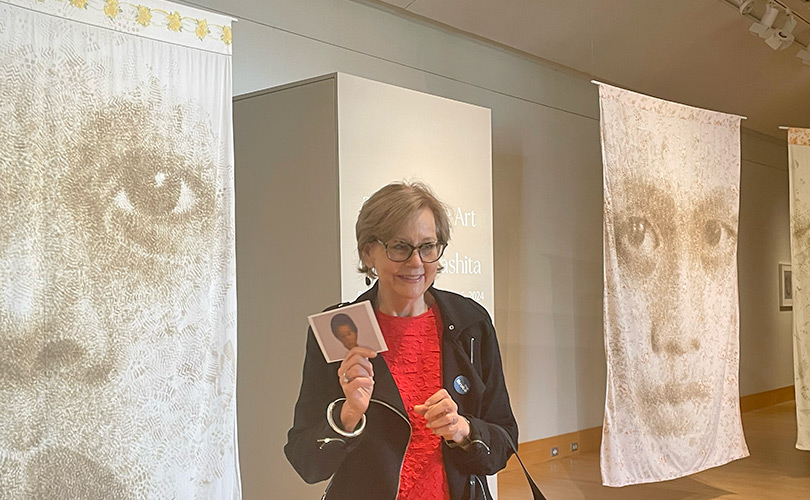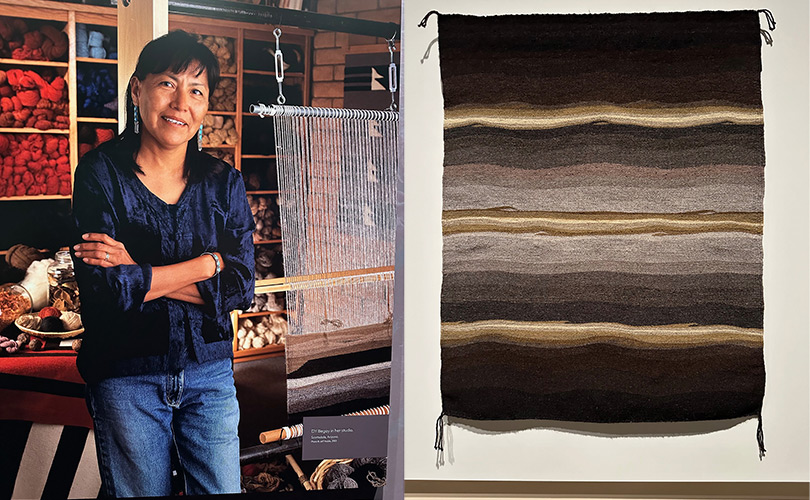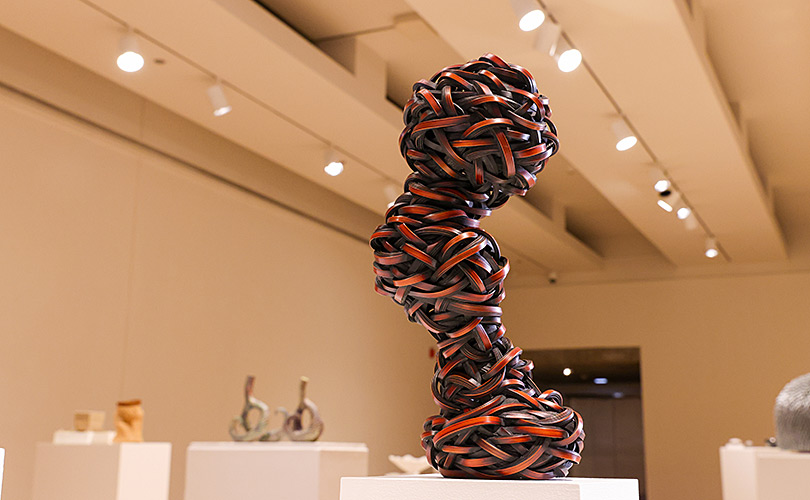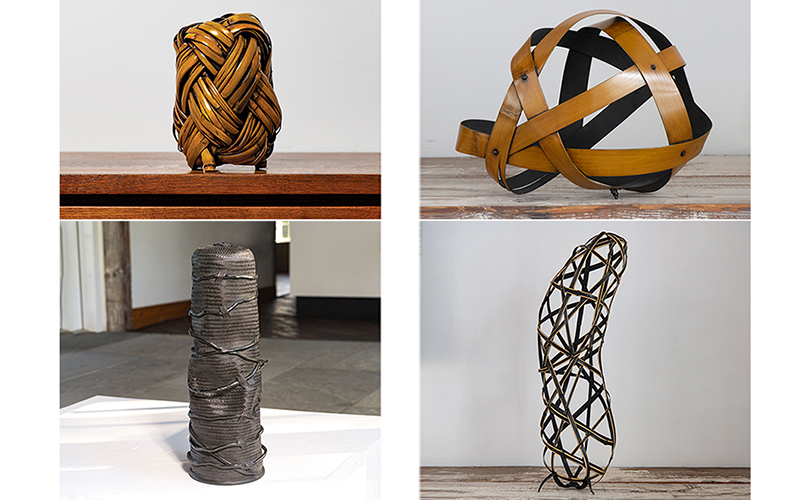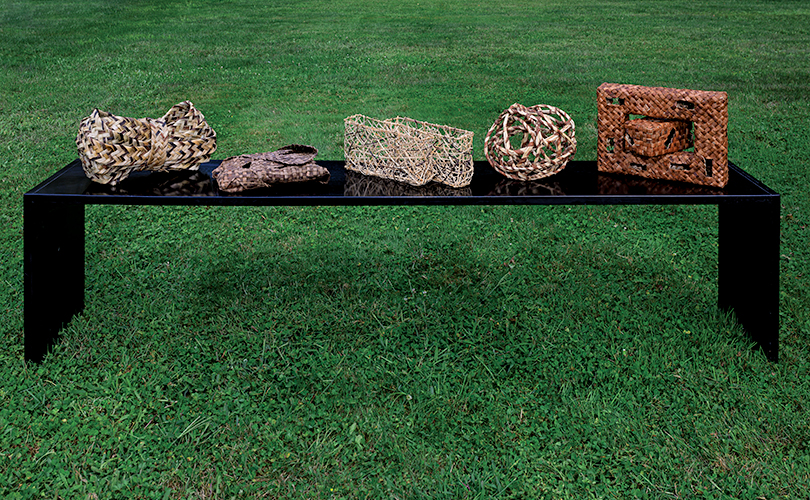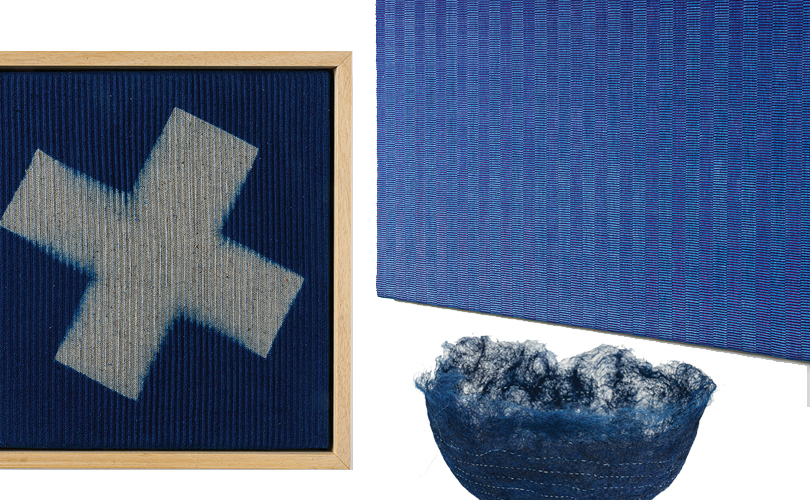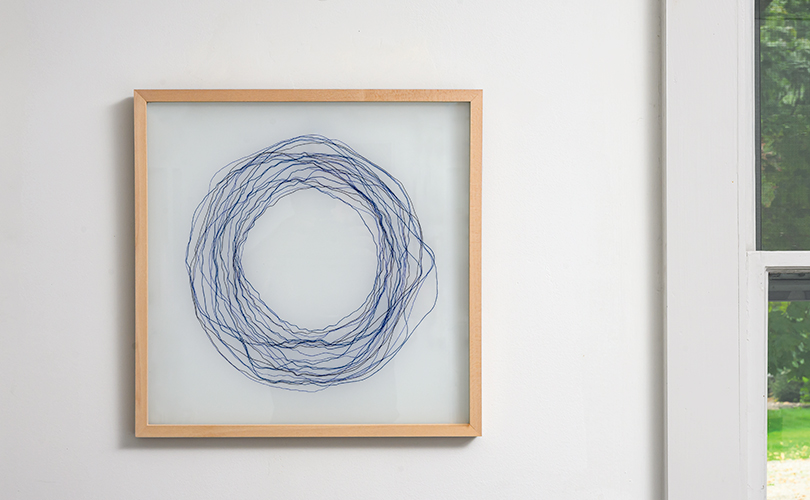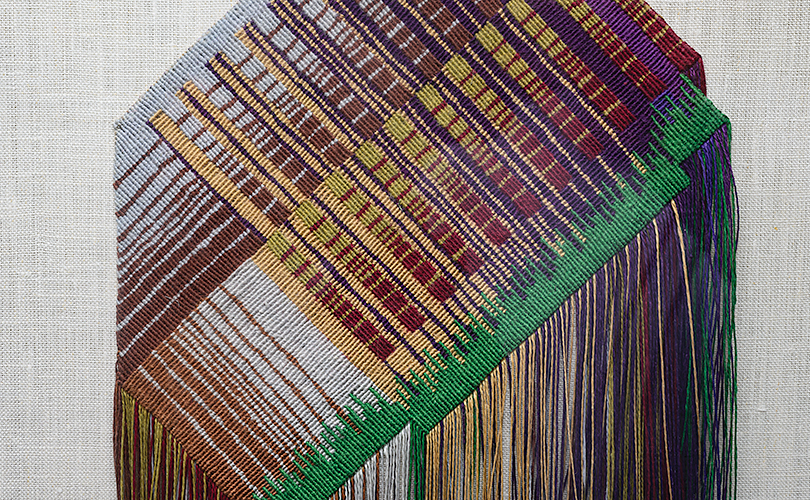browngrotta arts’ Spring 2025 “Art in the Barn,” exhibition. Field Notes: an art survey, opens on May 3rd and runs through May 11th. In Field Notes, browngrotta arts reports on the state of play in fiber art, as the medium crests in popularity, with significant exhibitions in the US and abroad. We survey artists we work with regularly, artists who’ve caught our eye, and gather select pieces by artists who introduced the innovative approach to textiles that’s become contemporary fiber art.
We’ll present the work of six artists, new to browngrotta arts, in Field Notes. Three of them, Yong Joo Kim of Korea and the US, Masako Nakahira of Japan, and Sophie Rowley who resides in Germany, create works for the wall. We’ll tell you more about them and their work in an upcoming arttextsyle post.
Three of the artists we have invited to Field Notes, Sung Rim Park of Korea, Ane Lyngsgaard of Denmark, and Jennifer Zurick of the US create vessels and fiber sculptures. Here’s a sneak peak at works we’ll feature and into these artists’ thoughts about what and how they produce.
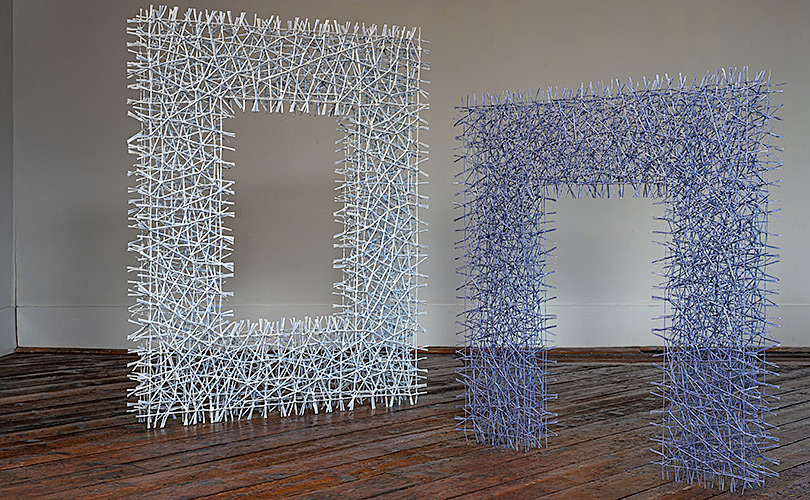
Sung Rim Park’s ethereal fiber sculptures of thread and hanji paper explore repetition. Her work employs repeated knots, which in multiples, permit three-dimensional construction. The tightly tied knots, and the threads connected to them, are built up to form a spatial matrix. “Fiber is the most appropriate material for my artwork,” Park says, “because of its multidimensional perspective, physical characteristics, psychological stability, cultural nostalgia, and its ability to capture both sight and touch.” Park majored in costume and textile design in Korea and the UK. Her sculptures reference her interest in contemplation and healing. Starry nights are an influence. “[N]ature is a place of relaxation and a source of adoration for me, and this is the reason I chose this as a theme for my artwork.”

From Denmark, Ane Lyngsgaard has taught in Europe, Canada, the US, and Africa for 20 years. She has achieved international recognition for her innovative basket works. The TearUp Festival in the UK described Lyngsgaard as “a bonafide genius with the widest range of materials.” Her sculptural vessels are made with a mix of bark, driftwood, recylced fiber concrete, wire, and willow which she grows and harvests herself. “Initially, it was the willow that captivated me,” she writes, “followed by other organic materials, and now it is whatever the eye discovers and the hands shape. I am always drawn to new materials—lichen, seaweed, old ropes, willow, and more—and how I can alter the perception of those materials, exploring the expressions they can take.”
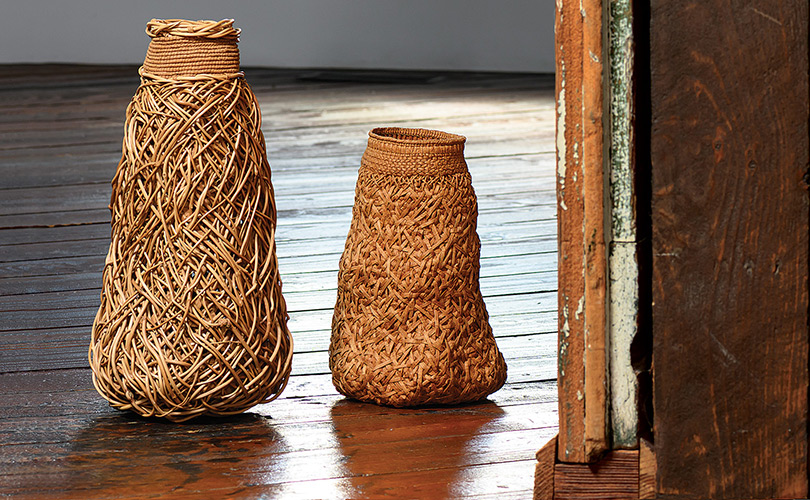
Entwined 4 (#823), willow bark, honeysuckle vine, 16.5” x 8” x 8″, 2021
Jennifer Zurick from Kentucky in the US, is a self-taught artist. She specializes in black willow bark which she has been harvesting and weaving into baskets since 1980. Zurick has exhibited internationally and created special commissions for Spanish firm Loewe (2019 Salone del Mobile, Milano) and the Irthi Contemporary Craft Council in Sharjah, UAE. “My work has been deeply influenced by Native American basketry, tribal textiles from around the world, and contemporary Japanese basketry,” Zurick says. “I aspire to create simple, elegant woven vessels that possess a richness of spirit and a presence embodying the soul of the tree from which they came …. The random woven pieces are my attempt to deviate from structured, methodical methods into more intuitive, flowing work that feels earth rooted and spontaneous, like something one might find growing along a woodland path, twisting and winding itself into the forest plants.”
Join us at Field Notes to see more!
Field Notes: an art survey
May 3 – 11, 2025
browngrotta arts
Wilton, CT
Plan Your Visit Here: https://browngrotta.com/exhibitions/field-notes







